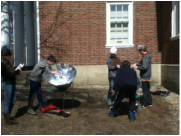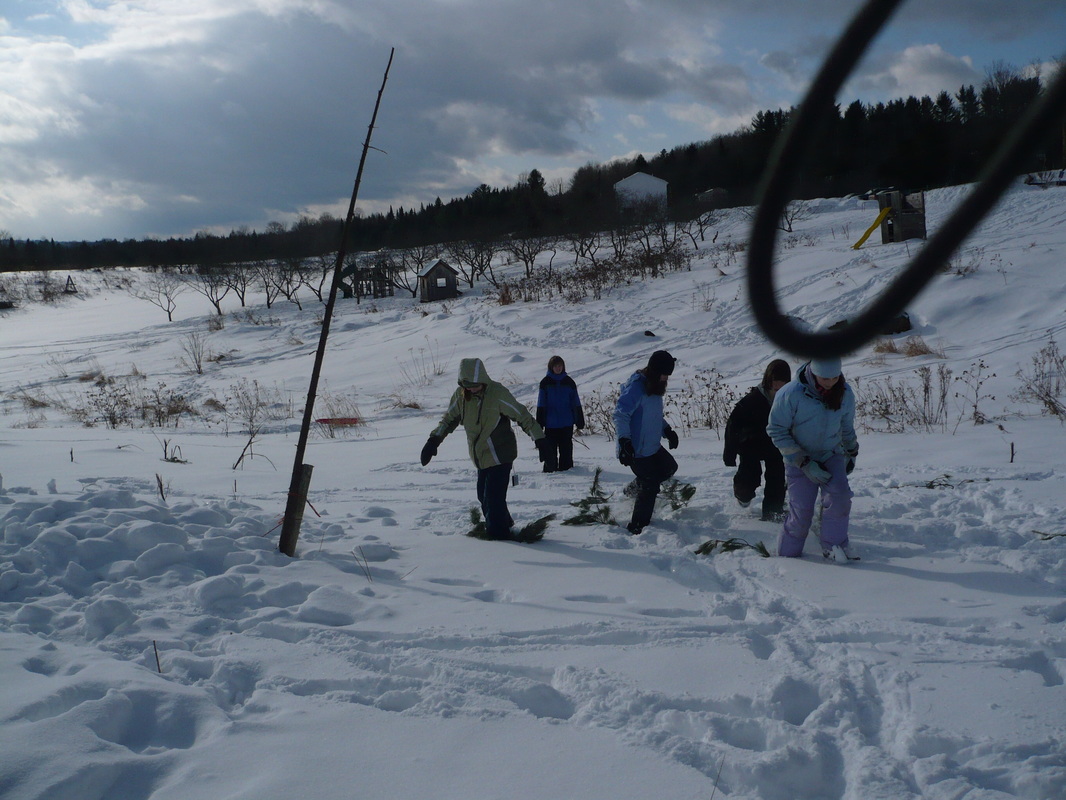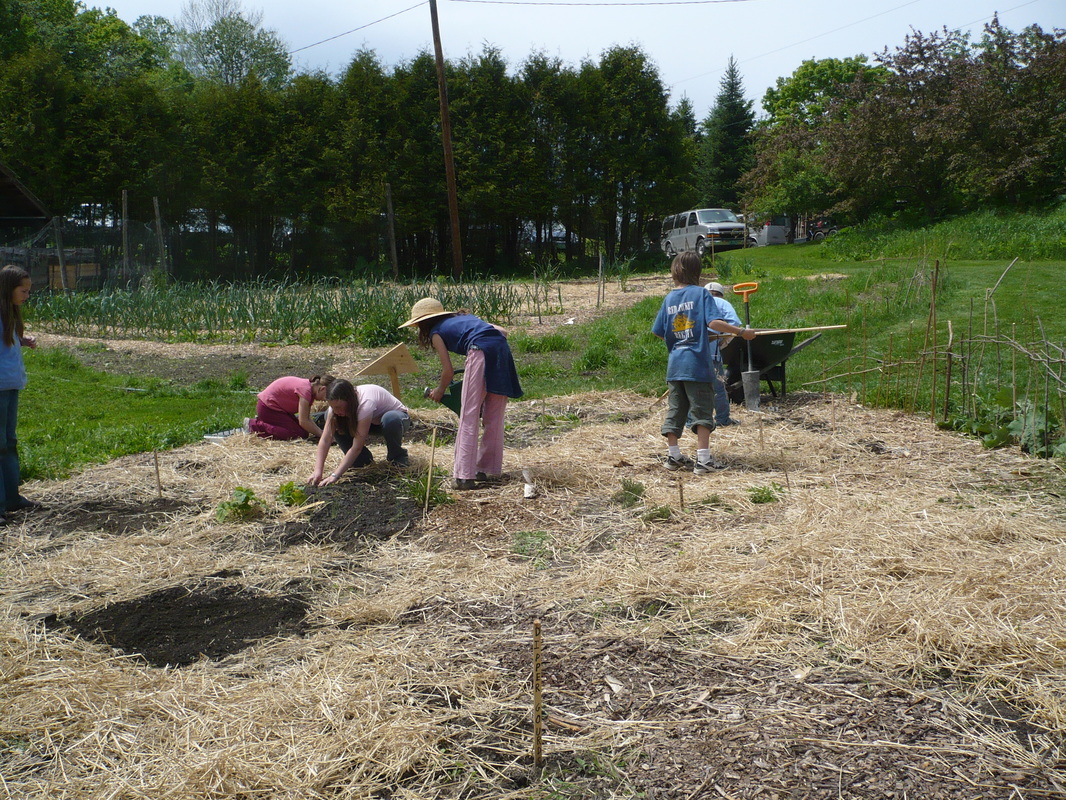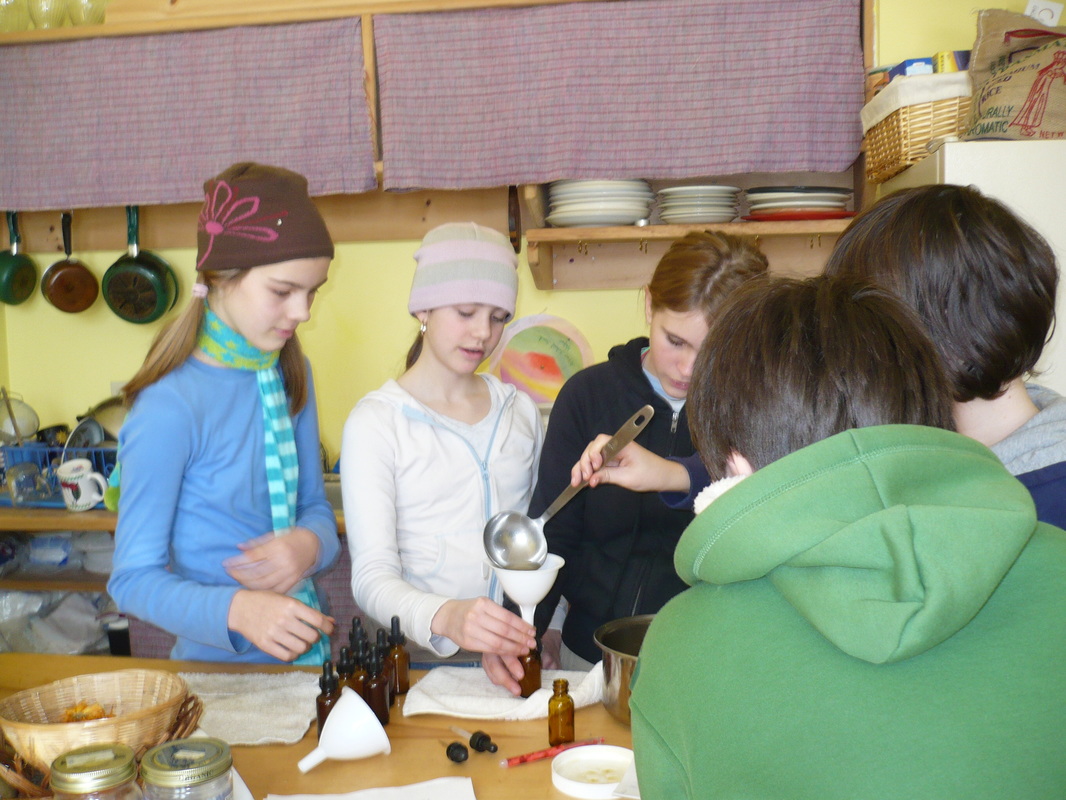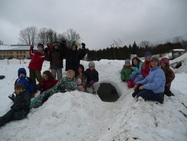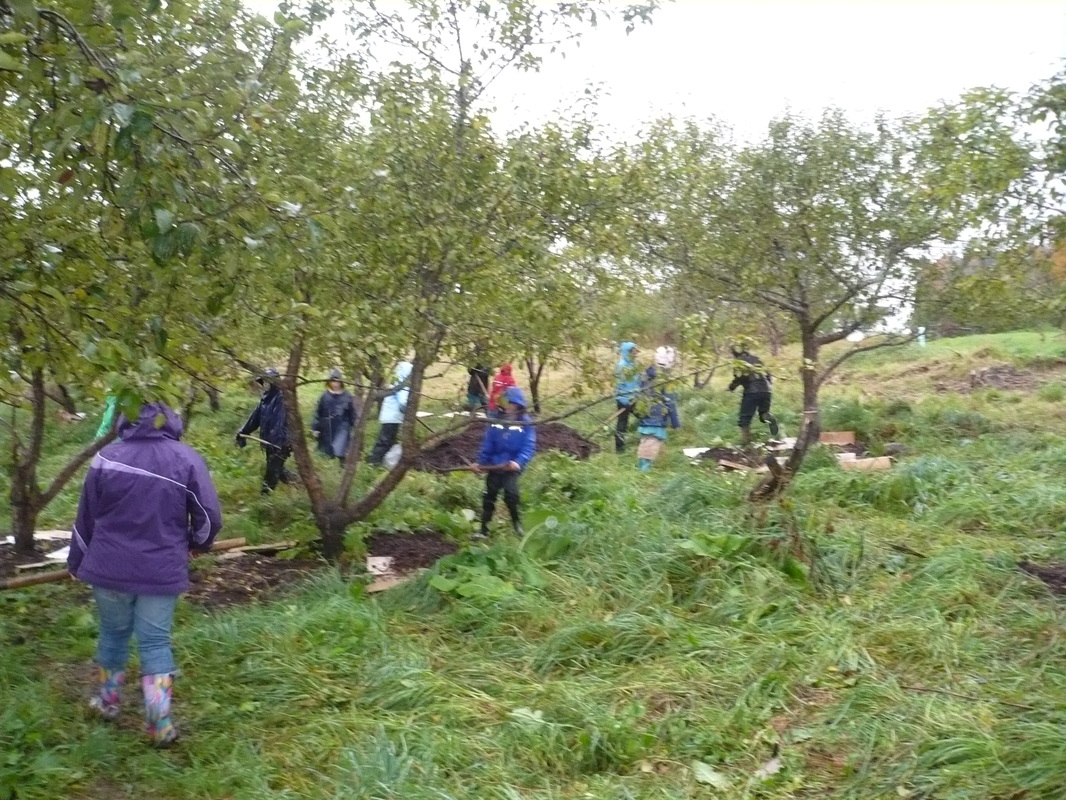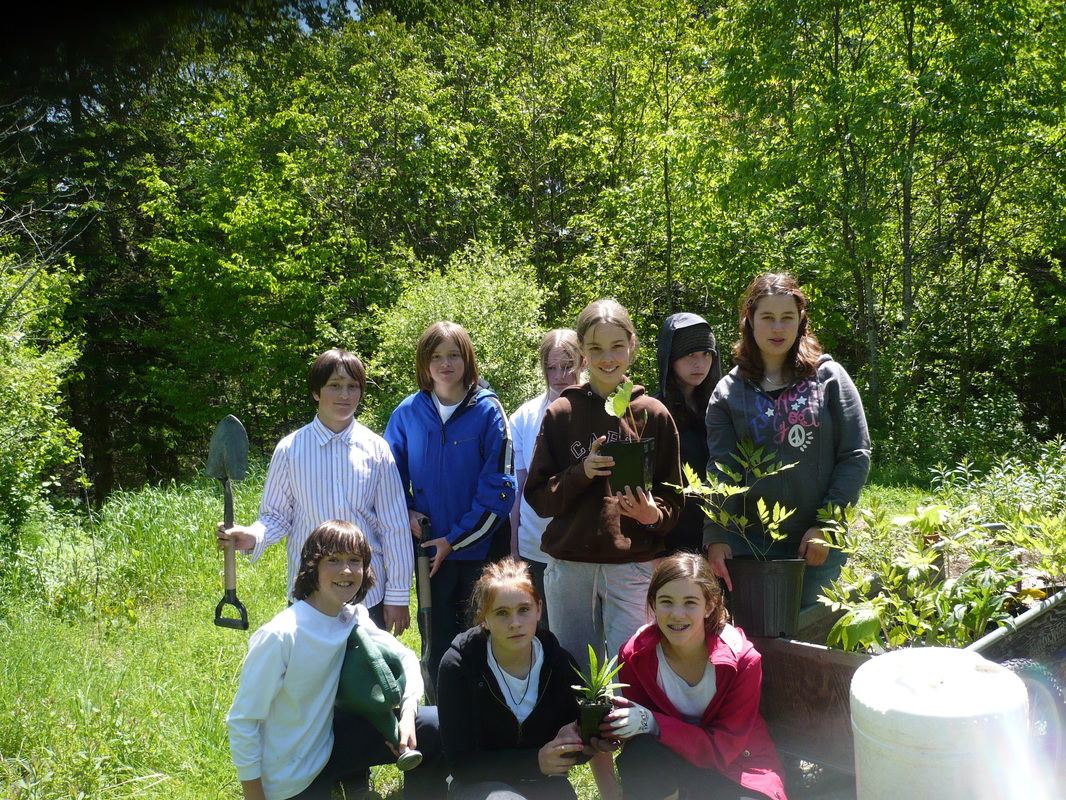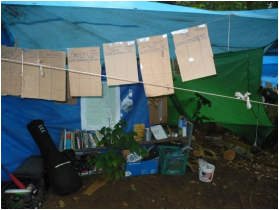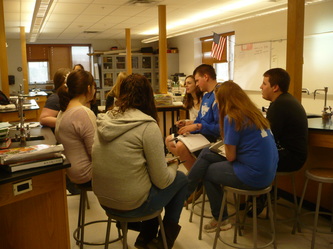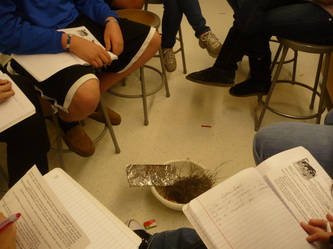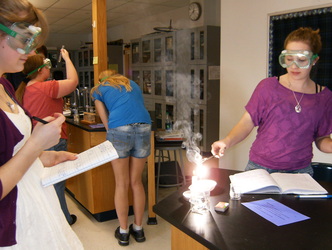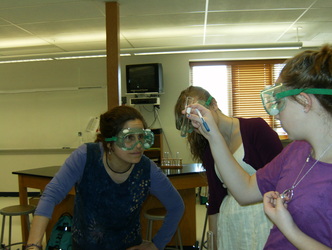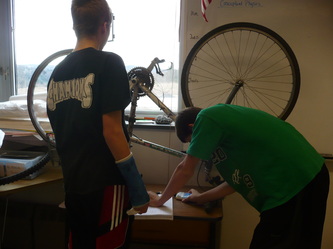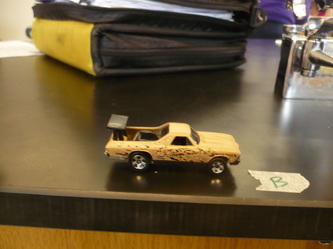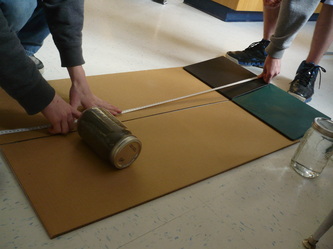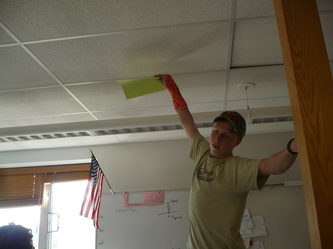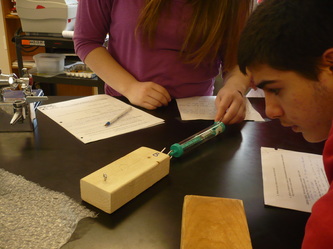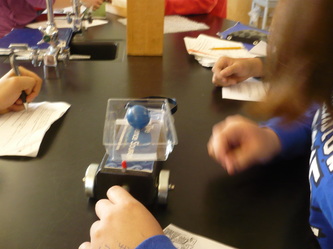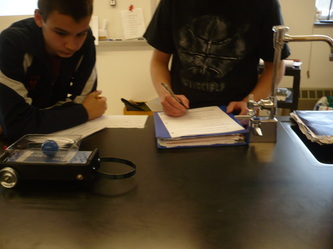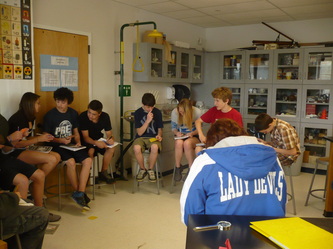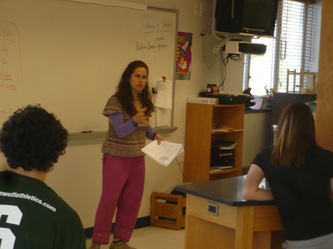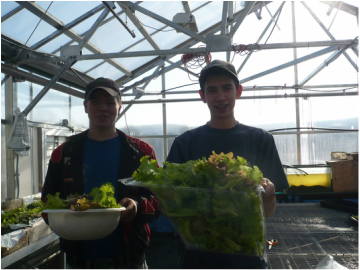With the help of VEEP, Pacem students just created solar collectors and are gathering data, Orchard Valley students testing out snow shoes they made, planting a garden, making lip balm from last summer's harvest, built a quinzhee, restoring an apple orchard with polycultures, planted an endangered plant trail, and VYCC's wilderness library.
|
|
Recently I have been teaching high school biology, at conferences, through my business Roots and Trails, and at Community College of Vermont: Introduction to Chemistry, Natural History of Vermont, and Introduction to Environmental studies. Below are pictures, lessons, & snapshots from eleven educational institutions in Vermont where I have taught.
Pacem Learning Community http://yepeth.wordpress.com/ http://scienceoffoodandwater201314.wordpress.com/ Lyndon Town Middle School https://sites.google.com/a/cnsuschools.org/8th-grade-science/ Williamstown High School The first three week unit which I solo taught was the beginning of the second semester for two 10th grade Life Science classes. The unit I taught involved investigation into the origins of life on earth. What does it take to be alive? After an inquiry lab to discover criteria for what makes something alive, students begin to explore the different theories of how life may have started on earth. Through this process students are assigned in groups the lens of a particular type of scientist (paleontologist, geologist, microbiologist, molecular biologist, biologist, oceanographer, chemist, or astronomer) through which they are to investigate the essential questions of "where can we find evidence for how life formed on earth?" After research and a scientist forum in which each group presents their findings, students synthesize the various perspectives and identify patterns and overlapping evidence. Through this unit students learn about the origins of life on earth up through the beginning of algae and fungus symbiosis. |
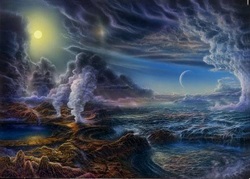
Lesson Plan
Unit Rubric
Vocabulary Challenge Board
Unit Reading
Pop Exploratory
Microbe Mini-lab
Scientist Forum Rubric
Scientist Forum Worksheet
Synthesis Powerpoint
Unit Final Discovery
Self Assessment
Unit Rubric
Vocabulary Challenge Board
Unit Reading
Pop Exploratory
Microbe Mini-lab
Scientist Forum Rubric
Scientist Forum Worksheet
Synthesis Powerpoint
Unit Final Discovery
Self Assessment
With which chemical reactions do you live?

The second unit I solo taught was to an Honors Chemistry class on Chemical Reactions. After an inquiry lab in which students discerned between chemical and physical changes, we began to investigate how chemical changes, indicating chemical reactions, can be represented through skeleton equations. While learning to write and balance chemical equations, following Dalton's Atomic Theory concerning rearranging atoms, we began to investigate how Lavoisier's Law of Conservation of Mass guides this process. We then explored the five common types of chemical reactions: combustion, decomposition, single replacement, double replacement, and synthesis through stations in a two day lab. Finally we began to identify patterns using the Activity Series of Metals and Solubility Rules for Ionic Compounds in learning to predict products of given reactants in chemical reactions and how to write these in balanced chemical equations.
Below students observe & record results from their combustion experiment aimed to test Lavoisier's Law of Conservation of Mass. Above are snapshots from scientist circles and our Chemical Reactions lab.
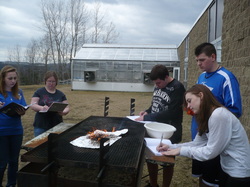
Unit Plan
Unit Design
Fire Quest
Chemical Reactions Lab
Challenge Board
Pop Exploratory #1
Pop Exploratory # 2
Unit Final Discovery
Daily Warm-up Guide
Unit Design
Fire Quest
Chemical Reactions Lab
Challenge Board
Pop Exploratory #1
Pop Exploratory # 2
Unit Final Discovery
Daily Warm-up Guide
The third three week unit I am currently solo teaching is to two 9th grade classes in Conceptual Physics: Newton and forces. In this unit we are exploring forces, Newton's three Laws of Motion, and Newton's Law of Universal Gravity. We are looking for where these laws are evident in our daily lives and pondering where they may not be able to apply.
Why wear a seat belt?
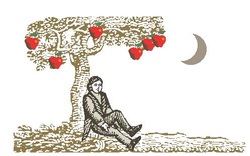
Unit Plan
Unit Design Plan
Unit Ppoint
Pop Exploratory #1
Pop Exploratory #2
Homework review
Force and Motion Lab Stations
Force and Motion Lab Guide
Challengeboard
Forces and Motion Final Discovery
Unit Design Plan
Unit Ppoint
Pop Exploratory #1
Pop Exploratory #2
Homework review
Force and Motion Lab Stations
Force and Motion Lab Guide
Challengeboard
Forces and Motion Final Discovery
Throughout the semester I assisted the high school science teachers with an Earth Science Recovery Class. This class was offered to students who were unable to pass Earth Science last year. In this year's class we experimented with many different techniques to support the students to engage with the phenomena through fulfilling their unique learning style needs. Below are some of the lessons and units I designed and co-facilitated.
Below students chart out their geologic timeline to scale from the big bang to modern human in the hallway.
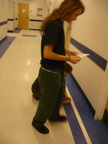
Students planted, studied, harvested and fed the school with this lettuce from our greenhouse... very satisfying for all
Below are samples of classes I designed and facilitated in addition to my three solos and assisting in Earth Science Recovery. Science Topics was a very challenging group of students. The project is presented and scaffolded to support them.
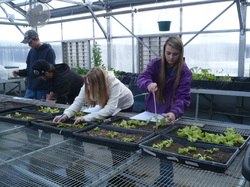
Life Science Phylogeny
Molecular Models Science Topics Project Science Topics Project Schedule Science Topics Project Task #1 Peer Review Science Topics Project Rubric |
Compass School
As part of a core class, "Scientific Teaching Methods" at Antioch, we each had the opportunity to teach four classes in science at this alternative middle/high-school. Click on lessons I taught, reflections, feedback from observing colleagues and students, as well as video footage from fall 2011
Why or why not do eggs float in water?
After brainstorming critical ingredients to making an effective scientific experiment, high-school students are challenged to design, perform, and report out on an effective experiment to demonstrate why or why not an egg can float.
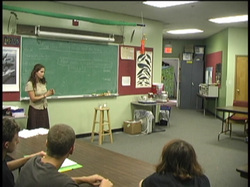
Lesson plan
Visual guide
Design your own experiment
Techniques
Reflections and Revision
Video from classroom lesson
Visual guide
Design your own experiment
Techniques
Reflections and Revision
Video from classroom lesson
How do you know what to believe?
After free writing about how they each perceive truth in media, high-school students review concepts of myth, common, scientific, and indigenous knowledge. Students groups are given a myth they are challenged to prove, bust, or deem plausible navigating through conflicting information from various sources.
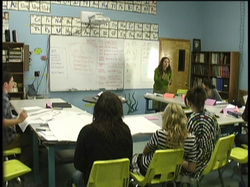
Lesson plan
Mythbuster scenarios
Developing discernment rubric
Information alert packets
Answers to the myths
Post reflections and revisions
Student and colleague feedback
Video from classroom lesson
Mythbuster scenarios
Developing discernment rubric
Information alert packets
Answers to the myths
Post reflections and revisions
Student and colleague feedback
Video from classroom lesson
Do your eyes and brain deceive you?
After learning how the eye and brain work together, high school students warm up with eye exercises and are challenged to find images hidden in stereoscopic pictures. From here we investigate how much of our world is in 3 dimensions.
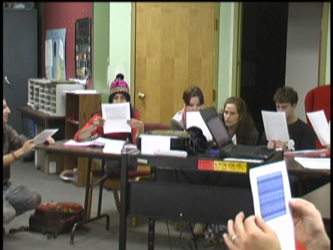
Lesson plan
Eye exercise activities
Stereoscopic images
Post reflections and revisions
Student and Colleague feedback
Video from classroom lesson
Eye exercise activities
Stereoscopic images
Post reflections and revisions
Student and Colleague feedback
Video from classroom lesson
How does heat travel?
After middle school students share initial understandings of convection, radiation, conduction, and heat transfer we watch a video and work in groups to design, perform, and report back on experiments which demonstrate this phenomena.
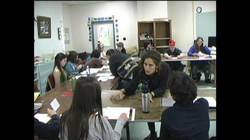
Lesson plan
Powerpoint
Worksheets
Clue Sheets
Post lesson reflections and revision
Student and colleague feedback
Video from classroom lesson
Powerpoint
Worksheets
Clue Sheets
Post lesson reflections and revision
Student and colleague feedback
Video from classroom lesson
Vermont Governor's Institute
Below we are trying to identify lichen succession, the corresponding type, and age of the rocky substrate. (I'm on the far left)
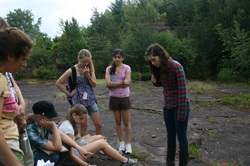
This past summer I facilitated the Earth Systems Strand for high-school students: co-designed the curriculum,
worked with the students each day and taught an introductory course to earth systems, co-designed and graded the IESO exam, facilitated a geology field trip, and
guided the students as they prepared for their final presentation at the
science fair to a panel of judges and community members in the
Burlington Mall. Four of our students went to Italy to participate in the International Earth Science Olympiad competition. Students projects employed the Pugh decision matrix to: compare organic farming techniques to reduce carbon footprint by increasing carbon sequestration, design a decomisioning plan for Vermont Yankee, and compare various alternative fuels to help Shelburne Farms transition away from fossil fuels. Below is one page of their data.
Matrix Data
Our wiki site
Matrix Data
Our wiki site
Brattleboro Middle and High School
As part of our "Problem-Solving & Inquiry-Based Science Teaching" class our first semester at Antioch, we had the opportunity to observe and co-teach two or three middle and high-school science classes at Brattleboro Middle and High-school.
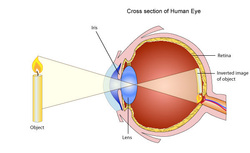
How does vision work?
High school students initially brainstorm what they know and want to know about vision, light, and the eye on the board. They then explore how light moves through the eye, vision imbalances, and the anatomy of the eye ball through interactive stations. Afterwards they creatively teach their peers what they learned at their station.
Lesson plan
Clue sheets
Debrief
Pictures
High school students initially brainstorm what they know and want to know about vision, light, and the eye on the board. They then explore how light moves through the eye, vision imbalances, and the anatomy of the eye ball through interactive stations. Afterwards they creatively teach their peers what they learned at their station.
Lesson plan
Clue sheets
Debrief
Pictures
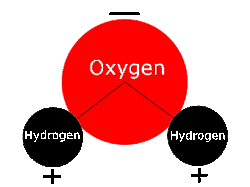
_What is water's atomic structure?
Middle school students are challenged to draw the the atomic structure of oxygen. After reviewing the parts of an atom they break into pairs and using the periodic table chose an element to create an atomic representation of using provided play dough. The class then does a gallery walk to each pair's creation where they guess, which element is represented. Students are then challenged to create a water molecule and present it to the teacher. Afterwards the teacher makes a sabotage water molecule to see if any students catch it. Ticket to leave is for students to draw the atomic structure of a water molecule.
Lesson plan
Middle school students are challenged to draw the the atomic structure of oxygen. After reviewing the parts of an atom they break into pairs and using the periodic table chose an element to create an atomic representation of using provided play dough. The class then does a gallery walk to each pair's creation where they guess, which element is represented. Students are then challenged to create a water molecule and present it to the teacher. Afterwards the teacher makes a sabotage water molecule to see if any students catch it. Ticket to leave is for students to draw the atomic structure of a water molecule.
Lesson plan
Orchard Valley Waldorf School
Our first 'Council of All Beings' after our Species Unit. (I am on the far left)
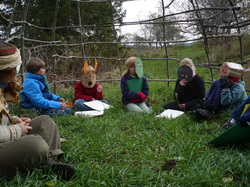
Teaching
at Orchard Valley Waldorf School inspired me more than any other job
to go back to school to get more thorough training to be a teacher. I
miss the children, teachers, and land tremendously but gratefully am
still actively connected with all three in the community. During my time
at the school I was able to develop an environmental education
curriculum for 3rd-8th grade and work with the same students for 2.5 years through this progression. The classroom, greenhouse, plant trail &
curriculum I co-created is being integrated into the school today.
Pictures
Pictures
Girls from the Ground Up
On our last day the girls shared herbal tea and facials around a fire they built and tended on their own.
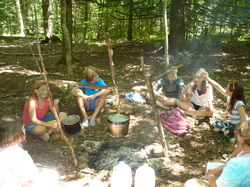
_For the past three summers I have had the privilege of
facilitating 'Girls From the Ground Up' on beautiful land in
Morrisville, VT. For a week 8-10 girls aged 9-13 join together in nature
games, awareness activities, scout skill practice, wilderness skill
challenges, edible and medicinal plant lessons, herbal facials, and many
other unexpected adventures!
Pictures
Pictures
Vermont Youth Conservation Corps
A crew member and I (on right) are cleaning tools

Summer
2007 I lived in the Green Mountains as a Vermont Youth Conservation
Corps Wilderness Crew leader for college students. As crew members,
these young adults lived together in a wilderness camp, were trained to
do trail work, participated in the academic 'word' program, and were
paid for their 8 hour days: building an accessible trail to Thundering
Falls and helping reroute part of the Appalachian Trail. A
crew leaders job was to provide job training, guide community living
dynamics, co-create a fun and positive atmosphere, provide educational
opportunities, be a resource for learning and support, and maintain
safety guidelines and standards.
Pictures
Pictures
Teva Girls
Here Navah and Jordan harvest potatoes they planted last spring.
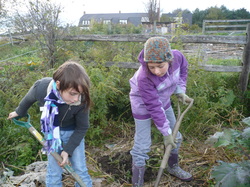
_Late
fall 2007 I was inspired during a week long silent meditation
retreat to co-found a nature-based rites of passage program for Jewish
adolescent girls through which they could deepen their relationship with
the earth, themselves, each other, and their Creator. Rabbi Tobie
Weisman and I named the program 'Teva Girls' and it ran for three years
under the 501c3 "The Yearning for Learning Center." In this time the
girls deepened their nature awareness, learned various wilderness
survival & homesteading skills as well as Jewish songs and
teachings, and performed good deeds for the community such as making
salve from their gardens' plants and donating it to a local clinic. The
girls planted their own garden, fed the community from it, and began to
prepare for their Bat-Mitzvahs. The program is currently transforming to
include a name change, family programming, and an additional staff
member.
Pictures
Pictures
Earthwalk
Most of our classes started in the classroom and ended up in cedar/pine forest classroom.(I am on far right)
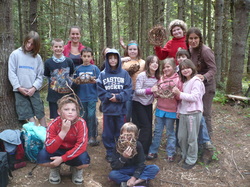
_Working
at Earthwalk as an Outdoor instructor/mentor during the school year
through a pilot program with the Twinfield public school and during the
summer as a head mentor was a wonderful experience in which the power of
educating in a village community was inspiring.
Pictures
Pictures
